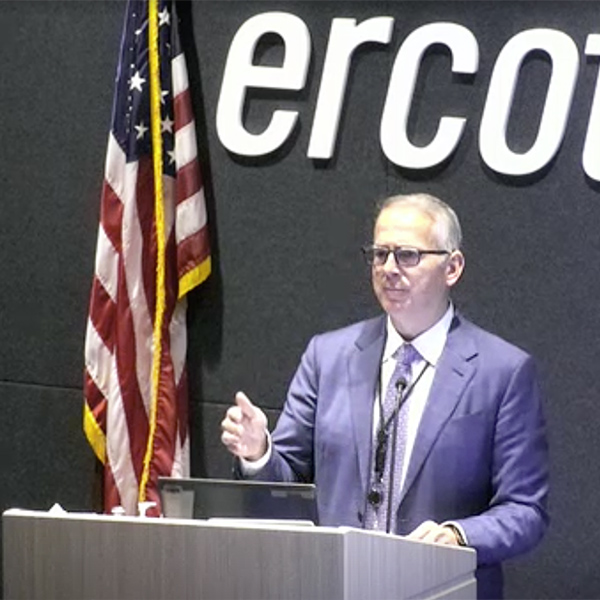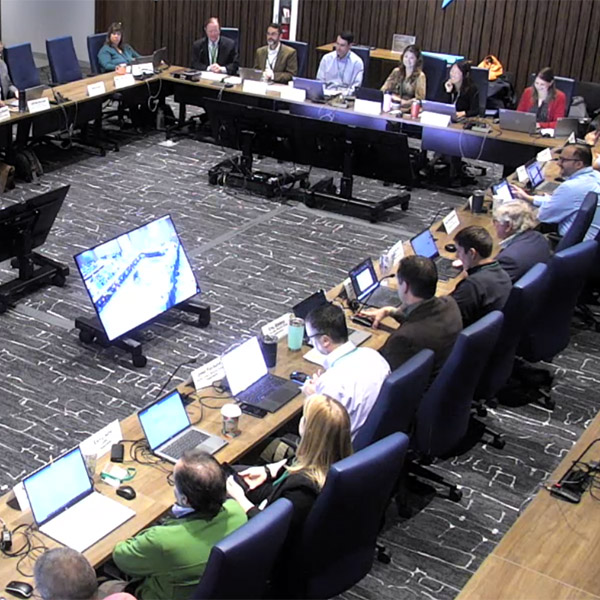Transmission Planning
ERCOT’s Board of Directors signed off on staff’s recommendation to move forward with executing an RMR contract for CPS Energy’s Braunig Unit 3, deferring a decision on the gas plant’s other two smaller units.
Former FERC commissioners discussed Order 1920-A and its accommodations to states, which could complicate compliance processes but also lead to more support for expanding the grid.
Clean energy organizations are prodding MISO to contemplate prospective load and generation simultaneously, with Clean Grid Alliance asking MISO to coordinate its annual transmission studies with its interconnection queue studies.
FERC Commissioner Judy Chang emphasized the importance of demand response, long-term transmission planning and gas-electric coordination in her address to the NEPOOL Participants Committee meeting.
BPA hit all its reliability goals in fiscal year 2024 despite massive wildfires, peak load records and public safety power shutoffs, according to agency staff.
Stakeholders expressed widespread support for the goals of NESCOE’s proposed procurement of transmission solutions in Maine and New Hampshire, while offering differing views on the scope and format of the solicitation.
MISO officially decided it will forgo acceptance of a 2024 queue cycle of projects while it works with Pearl Street to automate interconnection studies.
SPP stakeholders have endorsed a pair of winter-weather staging dates for transmission projects after two months of discussions and negotiations that delayed their approval by the Board of Directors.
CPNY was envisioned as a solution to the heavy reliance on aging fossil fuel power generation in the densely populated New York City region.
ERCOT stakeholders have approved a pair of protocol changes related to transmission planning as the Texas grid operator continues to grapple with connecting incoming load to its system.
Want more? Advanced Search









